Options For Treating Male Erectile Dysfunction.
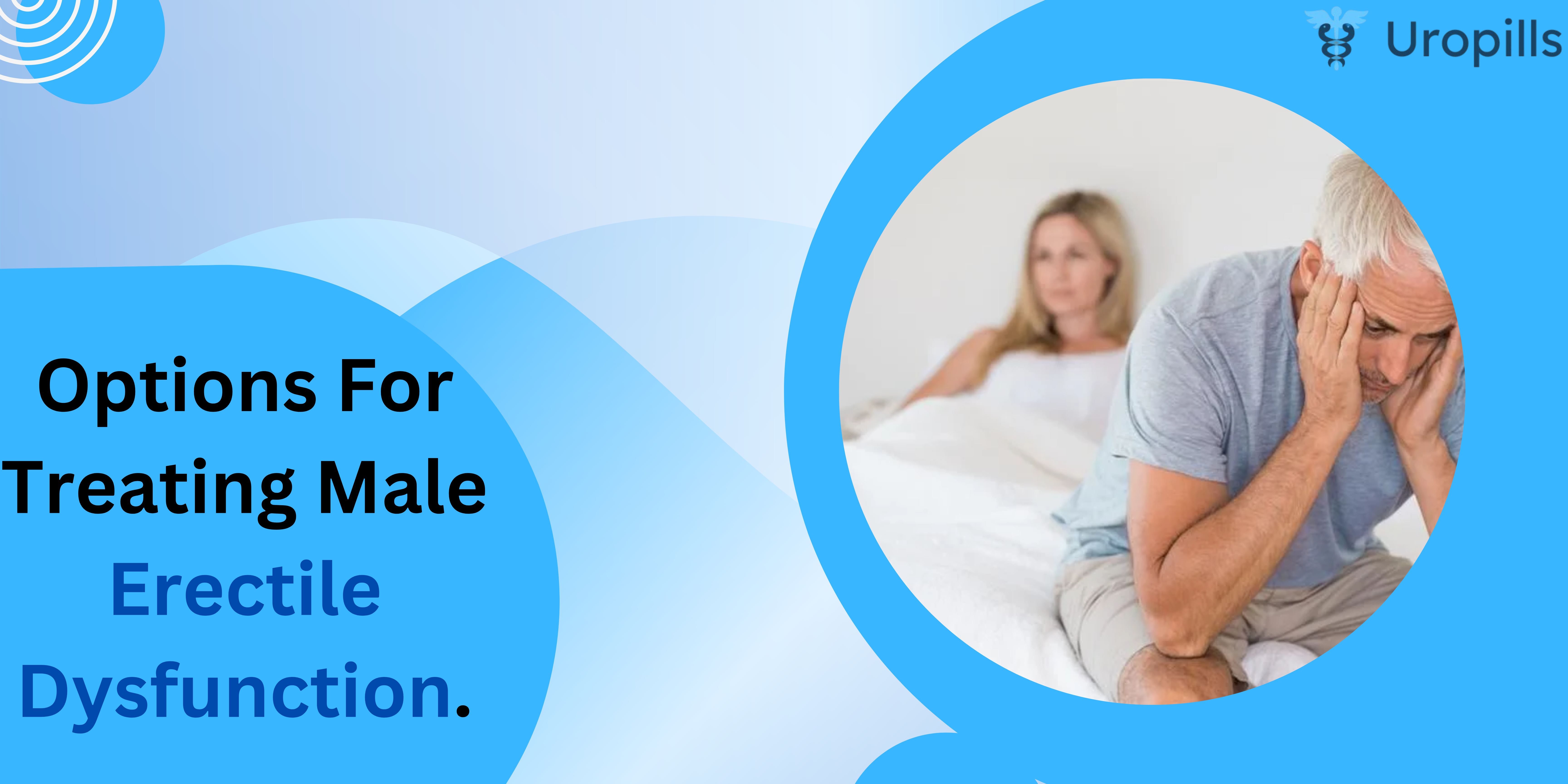
Erectile dysfunction (ED) is a frequent illness among men, especially as they become older, and it can be caused by a number of medical and psychological causes. It is defined by the inability to obtain or maintain a suitable erection for sexual activity. Fortunately, there are various effective treatments available to assist men in regaining sexual function and improving their overall quality of life. These treatments range from lifestyle changes and drugs to more intrusive procedures such as surgery. This article will give an outline of the basic treatments for male erectile dysfunction.
1. Lifestyle Changes
Before resorting to drugs or invasive treatments, many men with ED might benefit from implementing lifestyle changes that enhance their general health and erectile functioning.
- Diet and Exercise: Eating a nutritious diet and engaging in regular physical activity can increase blood circulation, lower the risk of cardiovascular disease, and boost erectile performance. A diet high in fruits, vegetables, healthy grains, and lean proteins, along with regular aerobic exercise, can help enhance vascular health and erections.
- Weight Loss: Obesity is a major risk factor for ED because it is frequently connected with
 illnesses such as diabetes and cardiovascular disease, both of which can decrease blood flow to the penis. Losing extra weight can help these disorders and improve erectile function.
illnesses such as diabetes and cardiovascular disease, both of which can decrease blood flow to the penis. Losing extra weight can help these disorders and improve erectile function. - Quit smoking: Smoking destroys blood vessels and lowers blood flow, which contributes to erectile dysfunction. Quitting smoking can enhance circulation and overall health, which benefits sexual function.
- Limit Alcohol Consumption: Drinking too much alcohol might cause erections by lowering the central nervous system and limiting sexual response. Reduced alcohol consumption may help ED.
- Manage Stress: Psychological stress, anxiety, and depression can all lead to eating disorders. Finding strategies to handle stress, whether through relaxation techniques, therapy, or mindfulness practices, can aid with sexual function.
2. Oral Medications
Oral medicines are the most widely used and first-line treatment for ED. They work by boosting the effects of nitric oxide, a naturally occurring molecule that relaxes penile muscles and increases blood flow during sexual stimulation. PDE5 inhibitors are the most widely used oral drugs for erectile dysfunction (ED).
- Sildenafil (Viagra): This is one of the most well-known ED therapies, and it usually works within 30 to 60 minutes of consumption. It is effective for around four to five hours. Sildenafil is most effective when taken on an empty stomach and with sexual excitement.

- Tadalafil (Cialis): Tadalafil is another PDE5 inhibitor that functions similarly to sildenafil but lasts longer. Its effects can last up to 36 hours, allowing for greater spontaneity during sexual activity. Tadalafil is also available in a daily low-dose version, which has a continuous impact.
- Vardenafil (levitra): Vardenafil works similarly to sildenafil, however it may be more successful in certain men. It also has a somewhat longer period of action than sildenafil, lasting up to six hours.
- Avanafil (stendra): Avanafil, a newer PDE5 inhibitor, has a speedier beginning of action, with effects lasting 15 to 30 minutes. In addition, it has less side effects and interactions with food than other PDE5 inhibitors.
Effectiveness and Side Effects: PDE5 inhibitors are helpful in approximately 70% of men with erectile dysfunction, regardless of the underlying etiology. However, they may not be effective for men who have severe diabetes or have undergone prostate surgery. Common adverse effects include headaches, flushes, nasal congestion, and upset stomach. Men taking nitrates for heart disease should avoid using PDE5 inhibitors, as the combination might induce a hazardous reduction in blood pressure.
3. Vacuum Erection Devices (VED)
Vacuum erection devices, also known as vacuum pumps, are non-invasive mechanical devices that cause
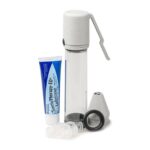
an erection by pulling blood into the penis. The device comprises of a plastic cylinder placed over the penis, a pump to create a vacuum, and a constriction ring inserted at the base of the penis to keep the erection going after the device is withdrawn.
- Effectiveness: VEDs can cause an erection in approximately 75% of men with ED. They are especially beneficial for men who are unable to take oral drugs due to adverse effects or medical issues.
- Drawbacks: Some men may find VEDs burdensome or believe that the erection created is not natural. The constricting band must be removed after 30 minutes to avoid tissue damage.
4. Penile injections
Penile injection therapy includes injecting medication directly into the base or side of the penis with a tiny needle. The medicine stimulates blood vessels to dilate, boosting blood flow to the penis and resulting in an erection.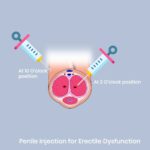
- Common Medications: Injection therapy frequently includes alprostadil, papaverine, and phentolamine. These medications can be used alone or in combination, depending on the patient’s needs.
- Effectiveness: This procedure is extremely effective, with around 85% of men attaining an erection. It can be an effective treatment for men who do not react to oral generic drugs.
- Drawbacks: For some guys, injections may be painful or irritating. Side effects may include discomfort, scarring, or persistent erections (priapism).
5. Intraurethral Medication
Intraurethral therapy includes putting a tiny alprostadil pellet into the urethra (the tube that transports urine from the penis). This medicine works similarly to the injectable form, increasing blood flow to the penis.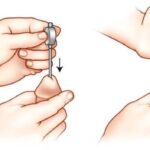
- Effectiveness: Intraurethral treatment is beneficial in approximately 30-40% of men with ED. It is less intrusive than injections, but its effectiveness may be limited.
- Drawbacks: Some men suffer discomfort or burning in the urethra following implantation. It can also produce lightheadedness or dizziness in certain people.
6. Penile implants
Penile implants, often known as penile prostheses, are surgical options for men who have not responded to previous treatments. There are two types of penile implants: inflatable and flexible (bendable) rods.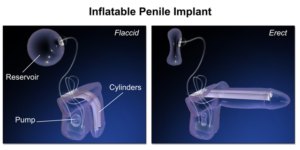
- Inflatable Implants: These devices have two inflatable cylinders in the penis, a pump in the scrotum, and a reservoir in the lower belly. The pump inflates the cylinders, causing an erection.
- Malleable implants: These are bendable rods inserted into the penis. The rods can be manually positioned to achieve an erection and bent down when not in use.
- Effectiveness: Penile implants have a high satisfaction percentage, with up to 90-95% of men and their partners reporting positive outcomes.
- Drawbacks: Surgery involves risks such as infection, implant malfunction, and scars. Furthermore, penile implants permanently alter the normal structure of the penis, and once put, natural erections are no longer possible.
7. Psychological Therapy
Because psychological problems like worry, stress, and depression can all contribute to ED, therapy may be a crucial element of the treatment plan. Cognitive-behavioral therapy (CBT) or psychotherapy with a skilled therapist can assist men in addressing emotional or psychological issues associated with eating disorders.
Effectiveness: Therapy might be especially useful when an eating disorder has a psychological component. Therapy is frequently most effective when combined with other therapies, such as medication or lifestyle changes.
The Final Word
Erectile dysfunction is treated, with a variety of solutions available. The choice of treatment is determined by the underlying cause of ED, patient preferences, and the existence of other medical disorders. Men should consult with their healthcare providers to decide the best treatment option, which may involve lifestyle changes, oral drugs, mechanical devices, injections, surgery, or psychological therapy.
Category: Healthcare